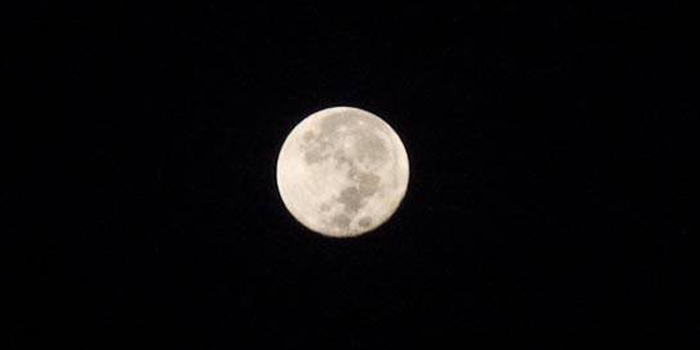The evening sky on July 31 played canvas to a full moon, a very special celestial event which can’t be called a blue moon nonetheless. What made the occurrence so unusual was the fact that it was the second full moon of the month. The first one was recorded on July 2.
A full moon can generally been seen once every 29 days, and is quite unlikely to appear twice with the same month. Until people starting using the term blue moon so carelessly, it was meant to indicate the third of four full moons in one single season, and not the second one in a calendar month.

The coinage has nothing to do with the color of the moon, unlike what popular belief dictates. But the satellite does take on a bluish tint when gazed upon from areas that have experienced volcanic explosions, forest fires and similar activities. This is due to the resultant ash and smoke in the air.
Also see: Moon quakes too you know! It has tectonic plates just like on Earth
The particulates scatter red light while letting blue light through. It thus creates a natural blue filter and causes people to see the moon as blue. The full moon on July 31 may have pretty much appeared to betray no change of color, and to most folks across the world, it may have looked off white as usual.
It was the March 1946 issue of Sky & Telescope that carried the wrong idea of when a blue moon occurs. Although is was corrected later on, the new definition of it continues to stick around. That aside, such a rare sighting of the moon for the second time in one month is uncommon anyway.
